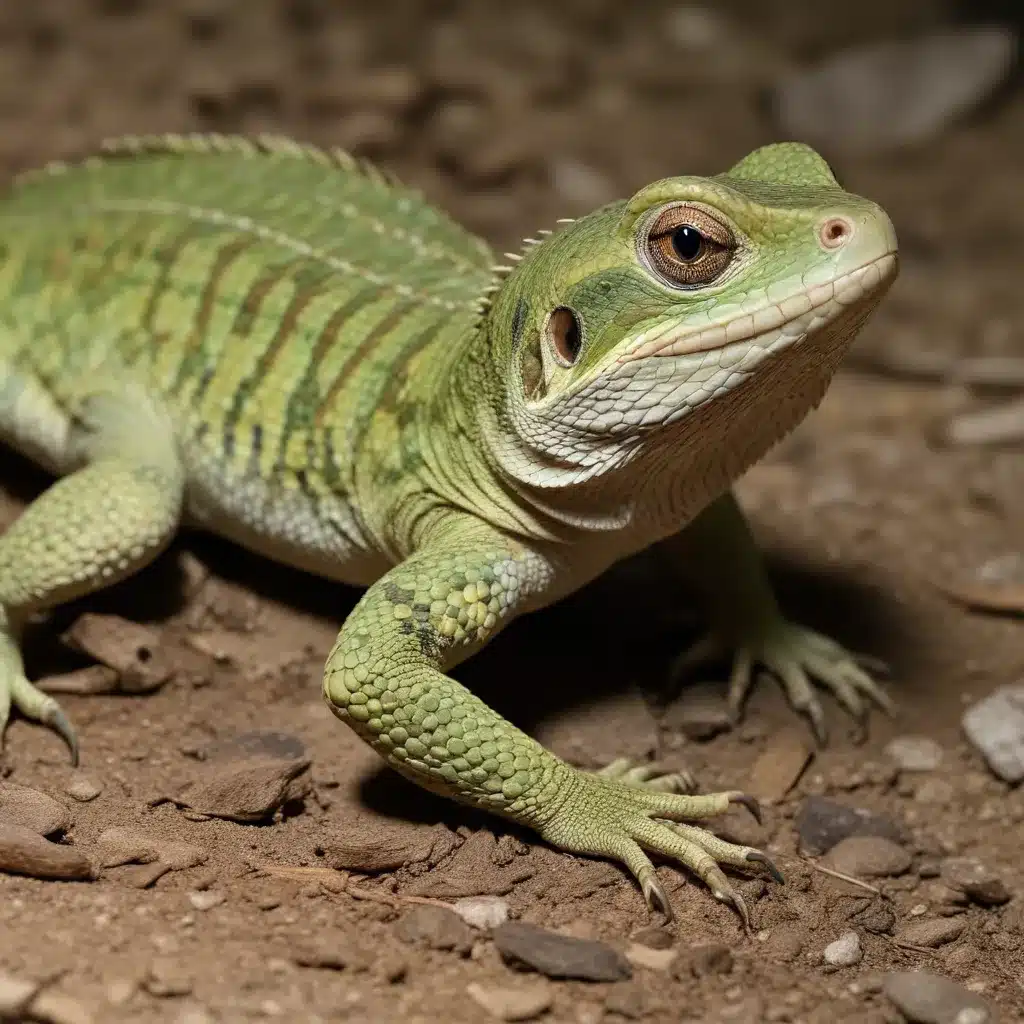
Exploring the Diverse World of Exotic Reptiles
The realm of exotic reptiles is a captivating and ever-evolving landscape, filled with creatures that possess a unique blend of grace, resilience, and intrigue. From the sleek, venomous snakes that glide through tropical undergrowth to the ancient, armored turtles that have roamed the Earth for millennia, these animals have long captured the imagination of reptile enthusiasts, breeders, and pet owners alike.
In this comprehensive guide, we’ll delve into the intricacies of caring for and breeding these remarkable species, with a focus on the legal requirements and best practices that ensure the well-being of both the animals and their caretakers. Whether you’re a seasoned reptile enthusiast or a newcomer to the world of exotic pets, this article will equip you with the knowledge and insights necessary to navigate the scales of intrigue that surround these captivating creatures.
Navigating the Diverse Landscape of Exotic Reptiles
The term “exotic reptiles” encompasses a vast array of species, each with its own unique set of characteristics, care requirements, and legal considerations. From the vibrant Emerald Tree Boa to the enigmatic Komodo Dragon, these reptiles offer a world of diversity and fascination for those willing to embark on the journey of responsible ownership.
When exploring the realm of exotic reptiles, it’s crucial to understand the specific needs of each species, as well as the legal frameworks that govern their possession and trade. Factors such as habitat requirements, dietary needs, and potential health concerns all play a vital role in ensuring the well-being of these animals.
Habitat and Environmental Considerations
Exotic reptiles often hail from diverse climates and ecosystems, and replicating their natural habitats is essential for their long-term health and thriving. This may involve carefully curated temperature and humidity levels, specialized lighting, and the incorporation of appropriate substrate, hides, and enrichment elements.
For example, the Emerald Tree Boa, native to the lush rainforests of South America, requires a warm and humid environment with ample foliage and climbing opportunities. In contrast, the Saharan Horned Viper, found in the arid deserts of North Africa, demands a dry, well-ventilated enclosure with appropriate basking spots and shelters.
Dietary Needs and Nutritional Requirements
Exotic reptiles’ dietary requirements can vary greatly, depending on their species and natural feeding behaviors. While some may thrive on a varied diet of live prey, others may require a carefully crafted mix of fresh produce, specialized reptile foods, and targeted supplements.
The Komodo Dragon, for instance, is a carnivorous hunter that primarily feeds on small mammals, birds, and even other reptiles in its natural habitat. Captive specimens require a diet that mimics this, with a focus on high-protein sources and appropriate calcium and vitamin supplementation.
Responsible Breeding Practices
Captive breeding programs have played a vital role in preserving many endangered exotic reptile species, while also providing a sustainable source of animals for the pet trade. However, responsible breeding practices are essential to ensure the health and well-being of both the parent animals and their offspring.
Genetic Considerations
Maintaining genetic diversity is a crucial aspect of responsible breeding. Breeders must carefully select unrelated individuals to prevent the accumulation of deleterious traits or the emergence of genetic disorders. Additionally, monitoring the lineage and ensuring the introduction of new genetic material can help strengthen the overall health and resilience of the captive population.
Breeding Techniques and Husbandry
Exotic reptile breeding often requires specialized techniques and a deep understanding of the species’ natural reproductive behaviors. This may involve carefully managing environmental factors, such as temperature and photoperiod, to induce breeding, as well as providing appropriate nesting sites and incubation protocols.
For example, the breeding of ball pythons, a popular exotic pet, often involves a “cooling” period to stimulate reproductive activity, followed by the careful monitoring and incubation of the eggs. Successful hatchlings must then be acclimated to their new environments and provided with the necessary care to ensure a smooth transition to adulthood.
Legal Considerations and Regulations
The sale and ownership of exotic reptiles are subject to a complex web of legal frameworks, both at the national and international levels. Failure to comply with these regulations can result in significant consequences, including fines, seizures, and even criminal charges.
International Trade Regulations
Many exotic reptile species are protected under the Convention on International Trade in Endangered Species of Wild Fauna and Flora (CITES), which regulates the import, export, and trade of these animals. Breeders and sellers must ensure that they possess the necessary permits and documentation to legally engage in the trade of CITES-listed species.
Domestic Laws and Restrictions
In addition to international regulations, individual countries, states, or provinces may have their own laws and restrictions governing the ownership, breeding, and sale of exotic reptiles. These can vary widely, ranging from complete bans on certain species to the requirement of specific licenses or permits.
Responsible reptile enthusiasts and breeders must thoroughly research and stay up-to-date with the relevant legal requirements in their respective jurisdictions to ensure their activities remain compliant and their animals’ well-being is protected.
Putting It All Together: Building a Thriving Reptile Collection
Navigating the world of exotic reptiles can be a captivating and rewarding journey, but it requires a steadfast commitment to the well-being of these incredible creatures. By carefully considering the unique needs of each species, adhering to responsible breeding practices, and staying informed about the evolving legal landscape, reptile enthusiasts can build thriving collections that not only provide enjoyment but also contribute to the preservation and understanding of these remarkable animals.
Ultimately, the successful integration of exotic reptiles into our lives is a testament to our ability to coexist with the natural world, respecting the delicate balance that sustains all life on our planet. By embracing the mysteries and wonders of these scaly companions, we open ourselves to a deeper appreciation of the diversity and resilience that define the reptilian realm.
To explore the wide array of exotic reptiles available and learn more about responsible ownership, visit ExoticReptiles.com, a leading resource for reptile enthusiasts, breeders, and pet owners.

